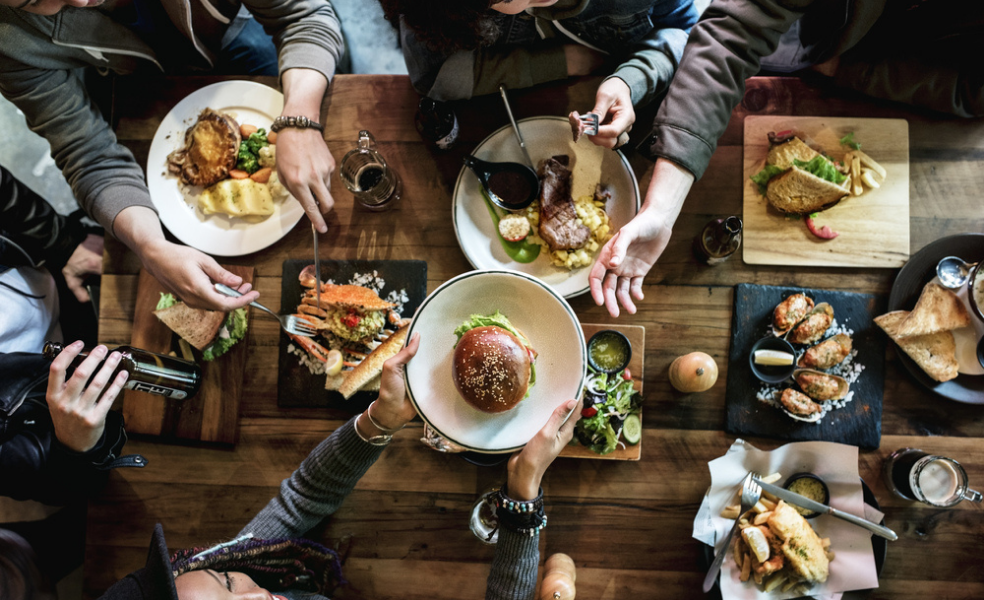Getting a 5-Star Food Hygiene Rating


If you’ve ever worked in, eaten at or even walked past a business selling food, you'll recognise The Food Standards Agency’s hygiene rating.
But what is a food hygiene rating, and how can you make sure you're business gets 5-stars?
The Food Hygiene Rating Scheme (FHRS) is run by the Food Standards Agency, and operates in England, Wales, and Northern Ireland.
Once you've registered your food business with your local authority, an inspector will come along to assess you and give you a hygiene rating.
The food hygiene rating is a straightforward, 1-5 system that provides consumers with a clear indication of hygiene standards:
5 – hygiene standards are very good
4 – hygiene standards are good
3 – hygiene standards are generally satisfactory
2 – some improvement is necessary
1 – major improvement is necessary
0 – urgent improvement is required
It’s a legal requirement to display your rating in Wales and Northern Ireland and it's likely this will eventually become a requirement for English businesses too (although if we're honest, choosing to hide your rating will likely lead your customers to wonder what you're hiding).

When inspecting your business, an Environmental Health Officers (EHOs) will focus on three major areas:
Food hygiene compliance – including an assessment of how food is handled, prepared, and stored.
Structural compliance – how clean is the building and its facilities? Is the lighting suitable?
Management confidence – are staff being trained correctly to maintain hygiene standards? And what policies and procedures support this?
If a business performs strongly in all three areas you'll be awarded a 5-star food hygiene rating. However, if a business performs poorly, more regular checks will be coming your way.

Common pitfalls include storing raw items and ready-to-eat foods close to each other. Remember, raw foods are not just meat and fish – uncooked and unwashed vegetables must also be stored separately.
You should also implement a clearly labelled storage system with clear use-by dates displayed.
Also, always store food on racks and not on the floor.
Wash raw and ready-to-eat foods in different sinks to avoid any cross-contamination.
If you don’t have access to multiple sinks, start and stick to a food preparation schedule. For example, prepare any ready-to-eat foods first thing, then clean the area thoroughly before moving onto raw vegetables.
If you’re lucky enough to have a larger kitchen, establish separate workspaces for raw fish, meat, vegetables and ready-to-eat foods.
Cleanliness is extremely important when working within the hospitality industry. Create a cleaning schedule and stick to it. Try to break down each task and make sure your workspace is cleaned consistently every day.
Make sure a sink for handwashing is kept clean and is always stocked with antibacterial soap. Blue roll should also be available so that staff can dry their hands or mop up spills quickly.
Empty bins as regularly, never allowing them to overflow.
Lastly, do a deep clean of your fridges at least once a month, and your ovens every week.

Training for your kitchen staff is important to ensure all your food is prepared safely, with minimal risk of cross-contamination.
Your team should know why it's important to wear protective clothing and head coverings, should know not to wear jewellery or watches in the kitchen, and should be fully aware of hand washing best practices.
You should also provide regular refresher training for everyone who's expected to work in the kitchen.

To achieve a high rating, you must be able to demonstrate that up-to-date records are being kept of all of the above activities.
You'll also need to document a food safety policy together with daily check sheets for fridge and freezer temperatures, as well as food temperatures.
Now you know our top tips on how to achieve a 5-star food hygiene rating.
Good luck, we know you'll smash it when that inspector comes knocking.